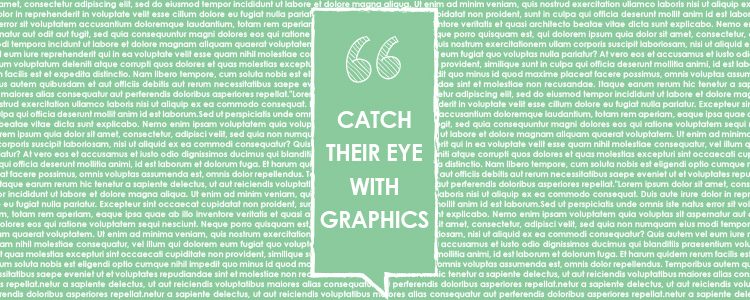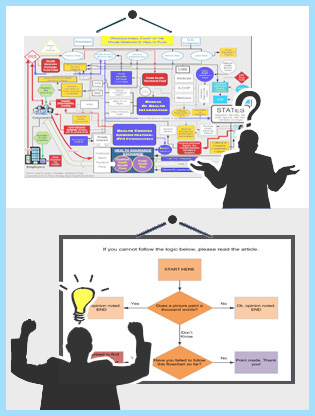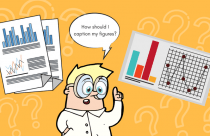Research Writing: Catch Their Eye With Graphics

Remember the time when journal articles were black and white? Black and white print, black and white illustrations, with X’s and hollow O’s and solid O’s to show the different plots? No more. Newsprint has given way to glossy paper and sharp multicolor illustrations are not only the norm—they are required by some journals. Every submission to many major journals must be accompanied by a full color graphic to illustrate the major topic of the article. Some of these graphics are excellent; others are confusing and distracting.
If you are to impress the editor and catch the reader’s eye, take a good hard look at the graphic and ask yourself the following questions:

-
- (1) Does it refer to the major theme of the paper?
- (2) Is it easy to understand at a glance?
-
- (3) Does it make the reader want to turn from the table of contents to the paper?
The best way to illustrate these principals is to take a few examples from a recent journal that I scrolled through on-line.
The first one is about two mechanisms of protein unfolding. On the left a graphic shows a protein being stretched or maybe zapped by a laser and on the right a plot of the reaction coordinate shows two diverging color coded pathways for different unfolding mechanisms of the protein. This is a nice graphic, colorful on the protein depictions but simple on the graph. I don’t know all the details of the article but I get the gist of what it’s about, certainly enough to know whether I want to read it or not. I probably would.
The next article is a computational study of several small molecules, and the graphic shows various reaction pathways they will undergo with the emphasis on addition vs. insertion. The graphic is a little too busy for me, too much is going on in the four pathways shown, but the caption is what I really don’t like. The words ‘addition’ and “insertion” are written in a pseudo-3D fashion as if a light is shining on them and the letters are casting shadows behind. At first glance it looks as if there is a line struck through the words, as if the point were—no addition, no insertion. I had to do a double take here. This is a trap an author can easily fall into—creating a flashy graphic with so much flash that it temporarily blinds the reader, or at least has him seeing spots for a few seconds. Maybe I would read this article, but it wouldn’t be the first one I turned to.
A third article concerns a functionalized peptide inserting into a bilayer. The graphic represents the peptide as an orange-headed two legged skewer suspended above a bilayer composed of three different types of blue-headed lipids. Two arrows with question marks point from the orange peptide to opposite sides of the bilayer. This is another nice graphic: simple, clear, easy to grasp, and with a bit of mystery—where will the peptide insert? Presumably the article will give us the answer, and I would be tempted to turn to the article to find out.
What’s next in terms of article illustrations? Will the time come when articles feature animated graphics showing mini-movies of enzymatic folding, reaction pathways, and bilayer insertion? I certainly hope so.
View the graphics referred to in the blog. What do you think about them?
http://pubs.acs.org/doi/pdf/10.1021/ja305862m
http://pubs.acs.org/doi/pdf/10.1021/ja306346h
http://pubs.acs.org/doi/pdf/10.1021/ja3074825







